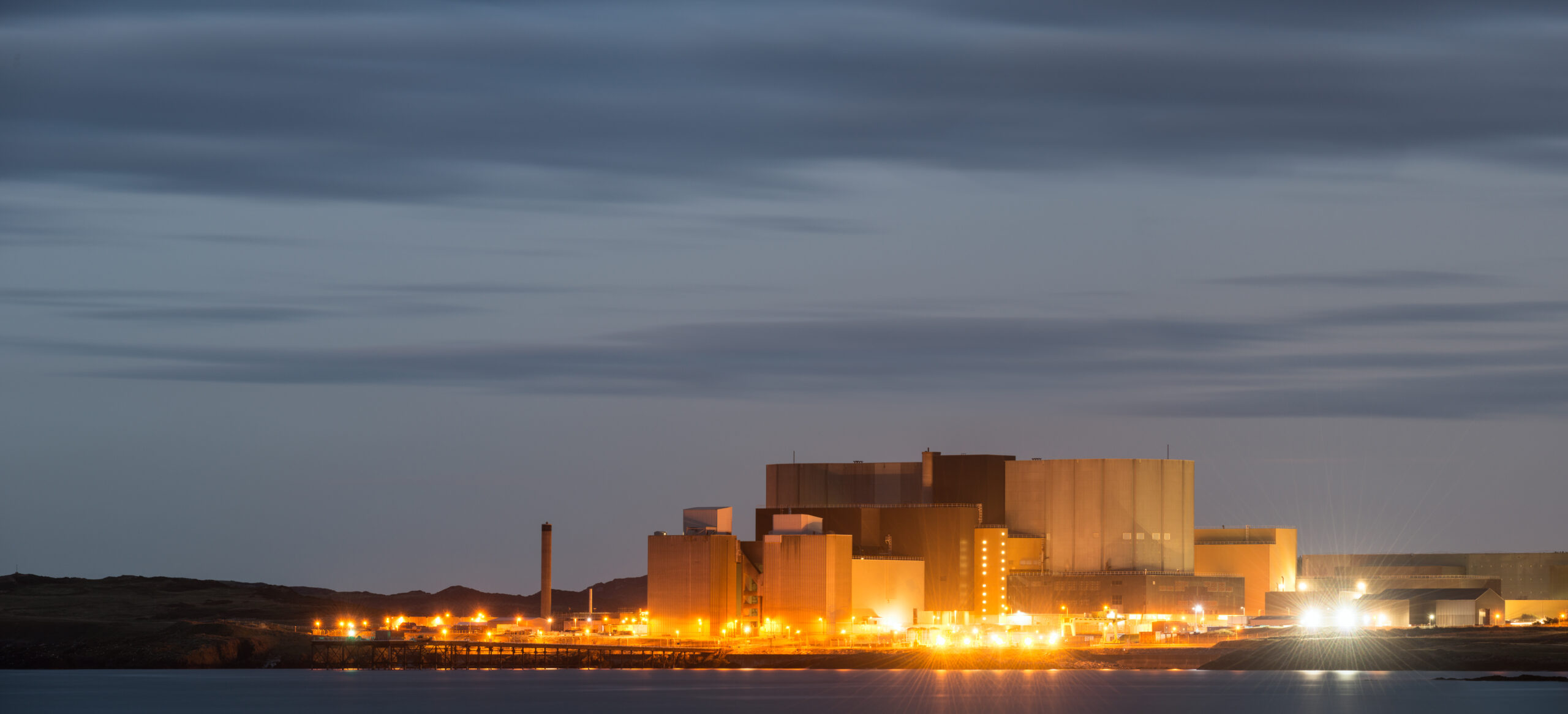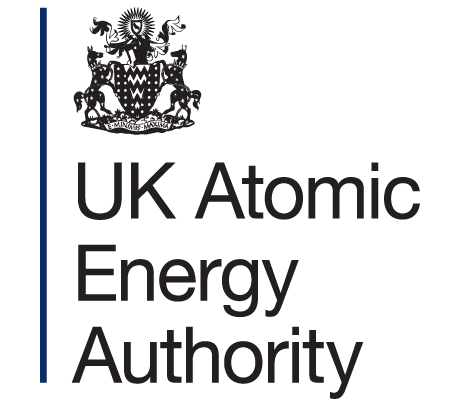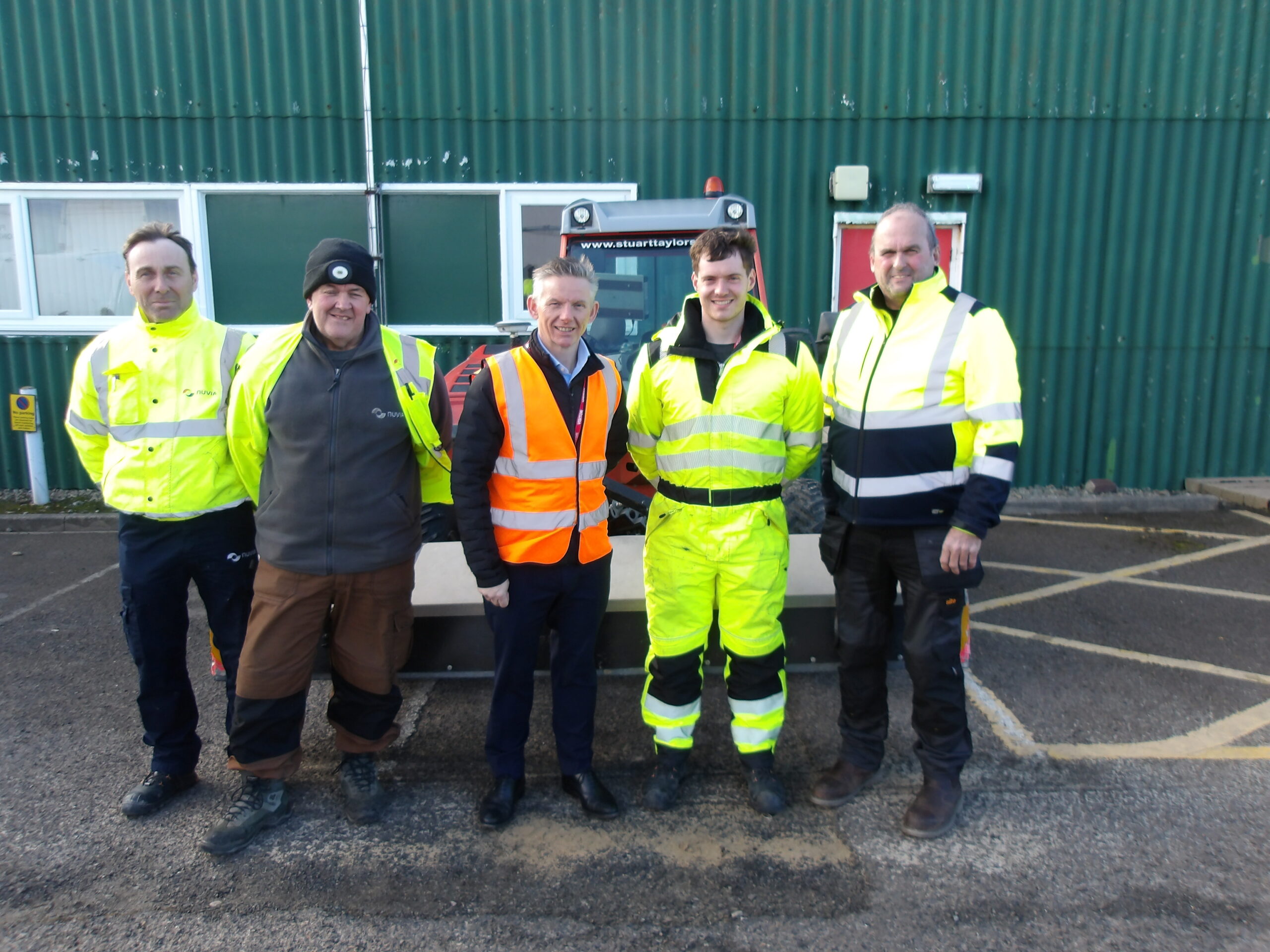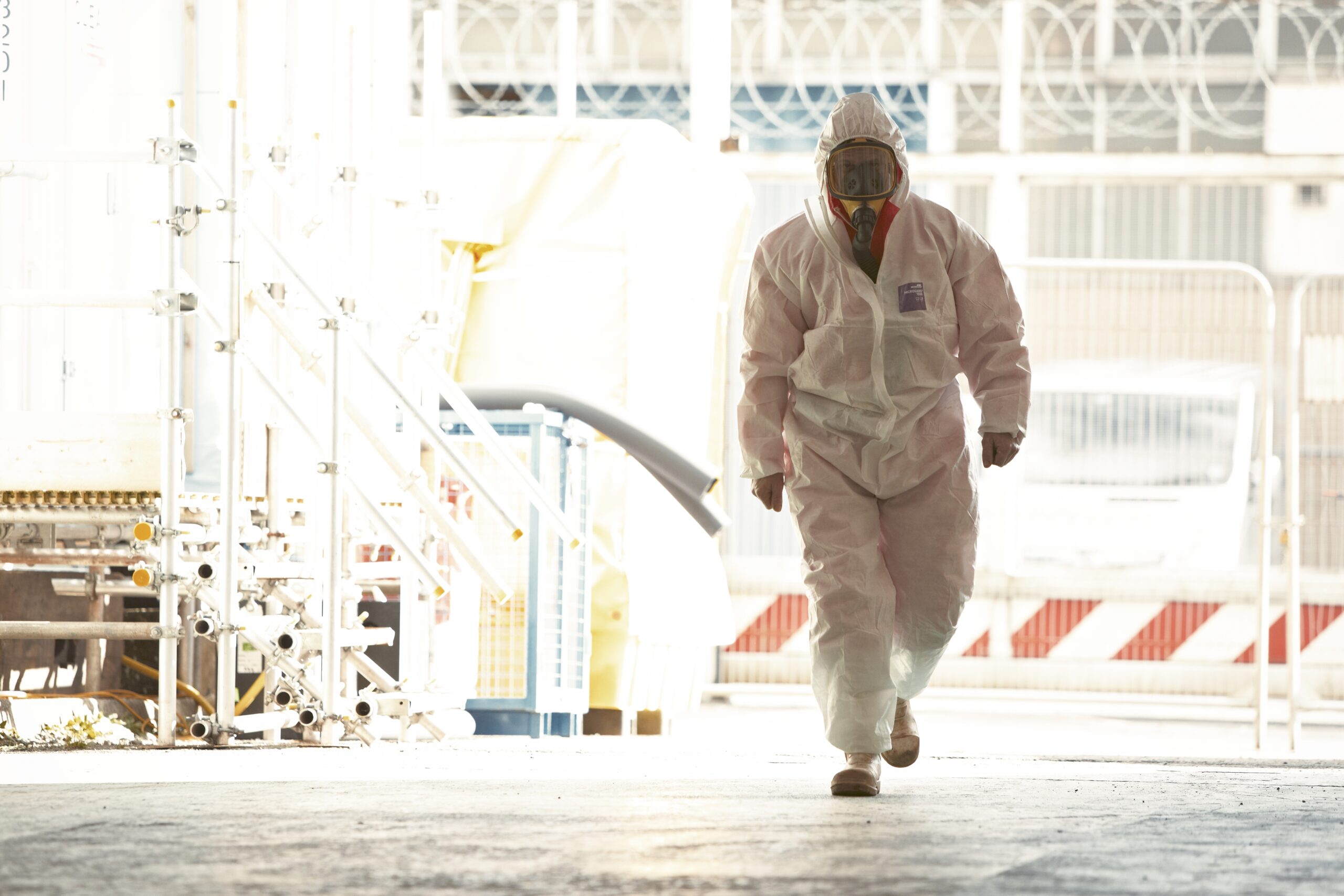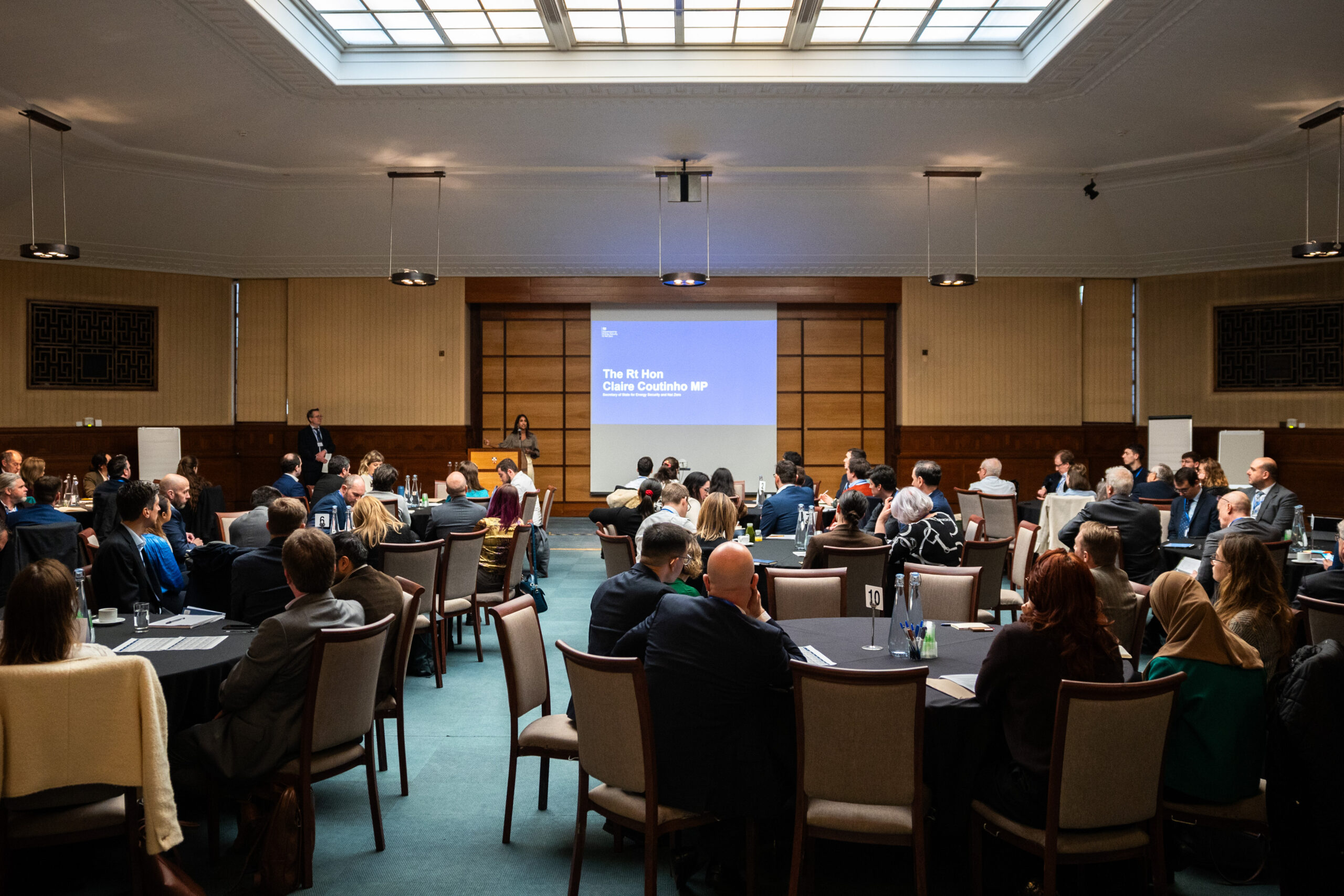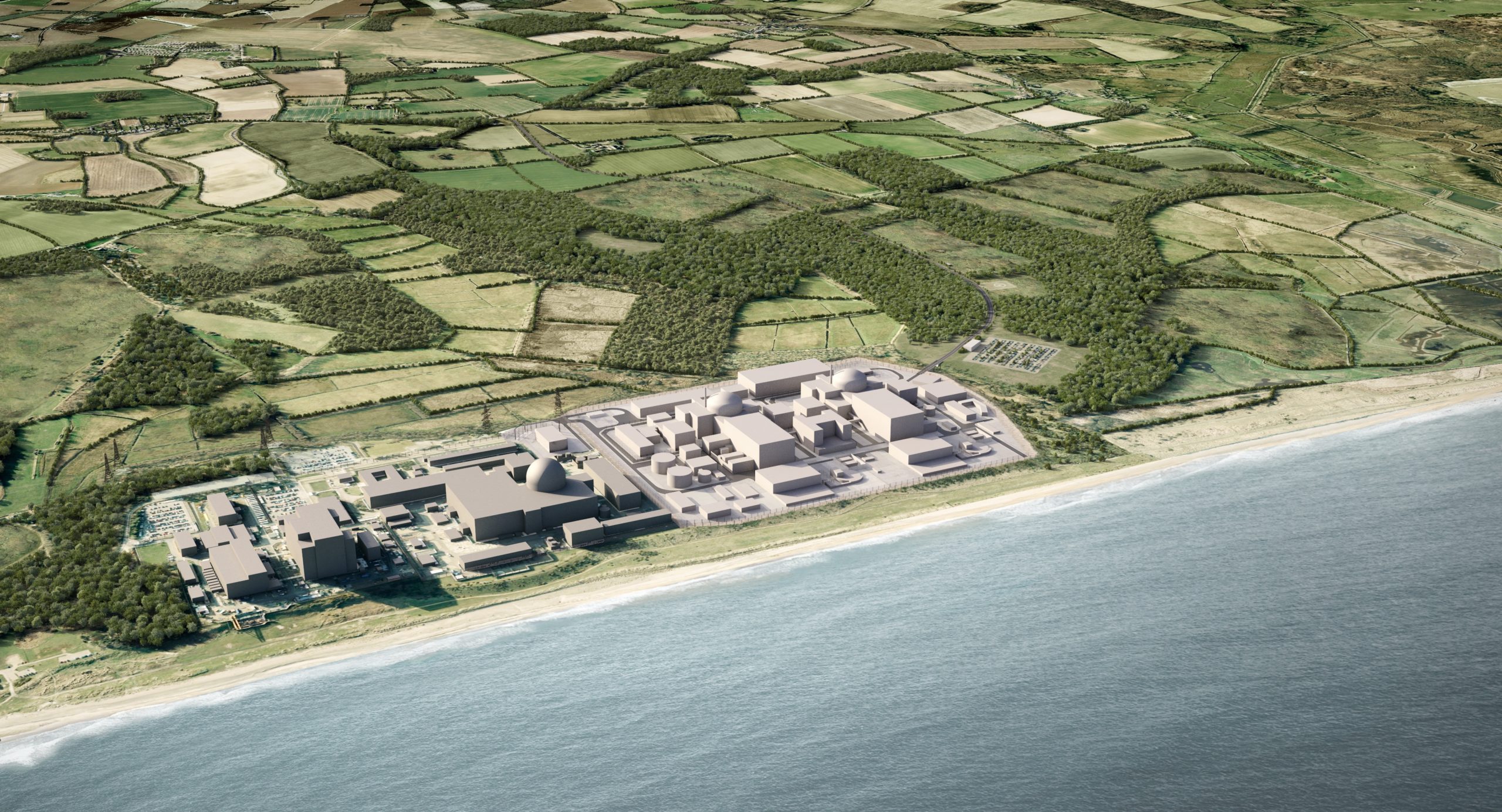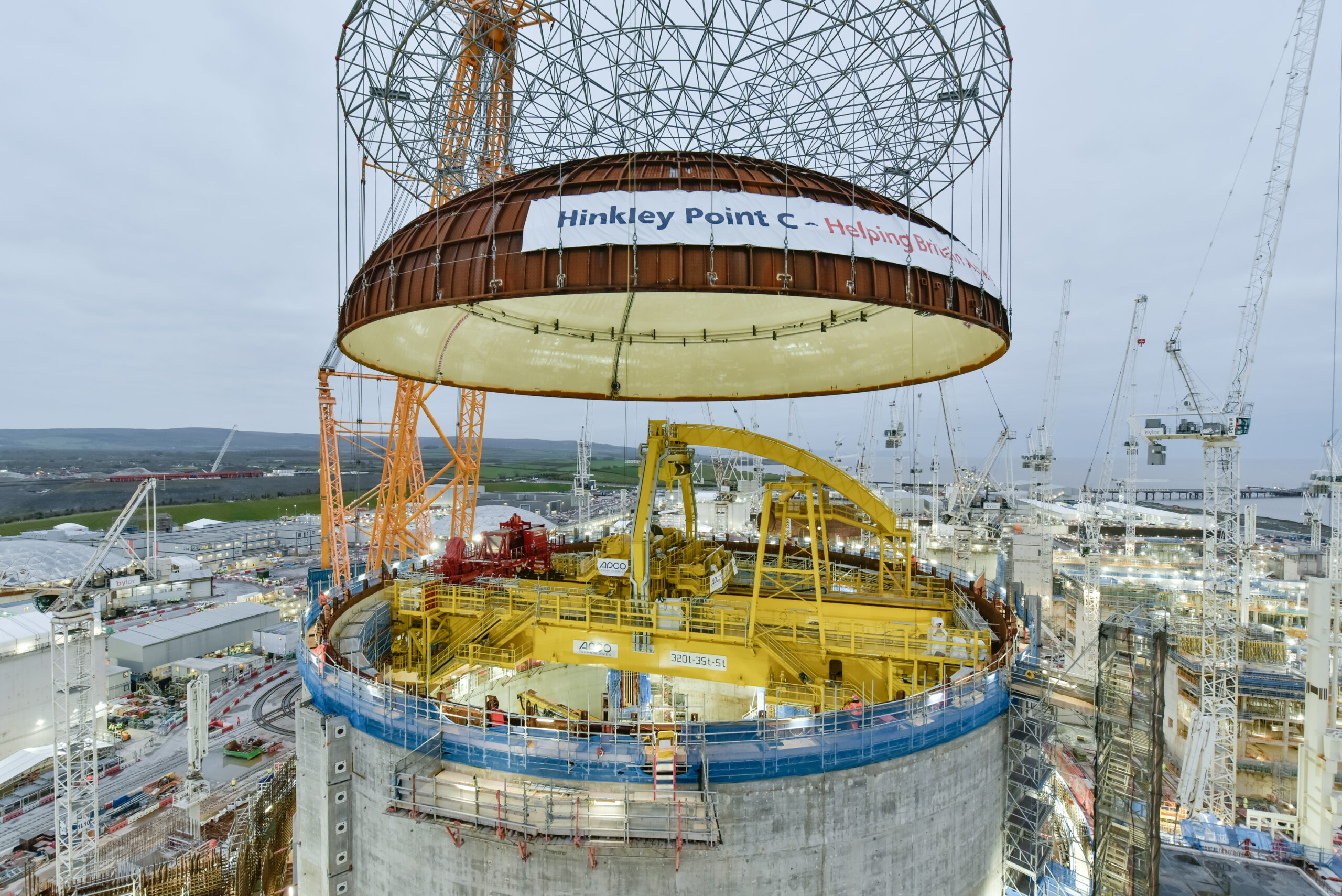Last weekend I was back home in Cardiff to watch Wales take on France in the Six Nations with some colleagues from the French nuclear sector. The day was a melting pot of rugby cultures, from berets and bottles of Bordeaux to Brains beer and Max Boyce belting out Hymns and Arias (shame on you if you don’t know who that is), but as we chatted rugby tactics and great teams of yesteryear, there was one topic we kept returning to: nuclear’s comeback in Wales.
Thanks to nuclear, France produces some of the cleanest power in Europe, with a whopping 56 reactors generating around 70% of the country’s electricity. There are firm plans to build another six big reactors and perhaps a further eight. The UK, by comparison, has 9 reactors providing about 14% of our electricity. None of them are in Wales, which now has the dirtiest power in Great Britain.
So the news last week that the Wylfa site on Ynys Môn is to be bought by Great British Nuclear, the UK Government body tasked with revitalising the industry, was a very significant moment in making Wales, once again, a nuclear nation.
This is the first, essential step, but there is much more work to be done. Nonetheless, the prize at the end is enormous: a new nuclear project on Ynys Môn would be the single greatest inward investment in Welsh history. Nothing else comes close.
A large-scale gigawatt station, like the one proposed by Horizon, would represent a £20 billion investment, significantly more than any other single project has brought to Wales. Wylfa would bring billions of pounds of investment specifically into Ynys Môn, North Wales and the whole Welsh supply chain.
For perspective, the Hinkley Point C project to date has already spent more than £5 billion in the South West of England. A project at Wylfa would be on a similar scale if a large-scale station was favoured for the site by the UK Government. Small Modular Reactors (SMRs) of equivalent capacity would also bring billions. These would be transformational sums of money and with Ynys Môn’s GDP little over £1 billion – one of the lowest in Wales – the opportunity is far too great to squander again.
The investment would create the jobs needed to rebuild and revitalise communities on Ynys Môn, bringing back young people who have gone elsewhere in search of work. New nuclear could create up to 10,000 jobs on site during construction. Tens of thousands more jobs would be generated in the supply chain and up to 1,000 full time jobs would be sustained in operating the site for 60 to 80 years, with an annual wage bill of close to £100 million.
Workers at Hinkley Point C are earning £1,000 a week, versus an average weekly salary of £630 on Ynys Môn. These are well-paid, skilled jobs that would not only keep people on the island, but bring people back too.
I’ve spoken to young nuclear engineers who had to leave to find work on other projects after the Horizon project failed. All they ever wanted was to stay on the island, to work, and put down roots. One engineer who is now working at Hinkley Point C after starting out with Horizon said: “Nuclear for me means stability, opportunity for generations and a job for life.” He hopes that one day nuclear power generation returns to Wales and lead him back home.
Then there are the environmental benefits. New nuclear capacity at Wylfa would generate clean, reliable and Welsh power for a very long time, helping to decarbonise Wales’s electricity supply and meet its ambitious climate targets. Renewables will be key, but firm, clean power is also vital on still, cloudy days.
Wales consumes around 17 terawatt hours (TWh) of electricity per year, around 6% of the total UK demand, but it has the lowest clean power percentage of any of the UK nations at just under 27% according to the latest official data. Scotland is at 87% due to its strong wind and nuclear output.
Wales is also reliant on burning gas for its electricity. The latest data shows that in 2022 fossil-fuel generation in Wales actually rose by over 8% year-on-year to its highest figure since 2018.
How would Wylfa help? Let’s be bold (as we need to be) and say 5 gigawatt (GW) of nuclear capacity is built on the site, either large-scale reactors, SMRs, or a mixture of both. That would produce a whopping 39 TWh of electricity per year and give north Wales the cleanest power anywhere in the UK, removing the need for around 8 billion cubic metres of gas every year and saving around 15 million tonnes of carbon emissions. 5 GW is a lot, but the site is big enough for it, be it four large reactors or double digits of SMRs.
The challenge now is to deliver. The people of Ynys Môn do not deserve another false dawn, so naturally there is scepticism whenever there is a Wylfa announcement. It is incumbent on us, however, to beat the drum for Wylfa and make it impossible for those in power, both the Welsh and UK Governments, to ignore. It is on us to push for positive action to get the site named, technologies chosen, and financing committed to seize the biggest prize Wales has ever had.
Back to the rugby and the young, inexperienced Welsh team would eventually succumb to the dominance of the French forward pack, operating much like the country’s nuclear fleet with power and reliability, and the French fans celebrated well into the night. Let’s hope that by the time they return to Wales in two years’ time, our nuclear industry will have something to shout about too.
 Iolo James is the NIA’s Head of Communications.
Iolo James is the NIA’s Head of Communications.
